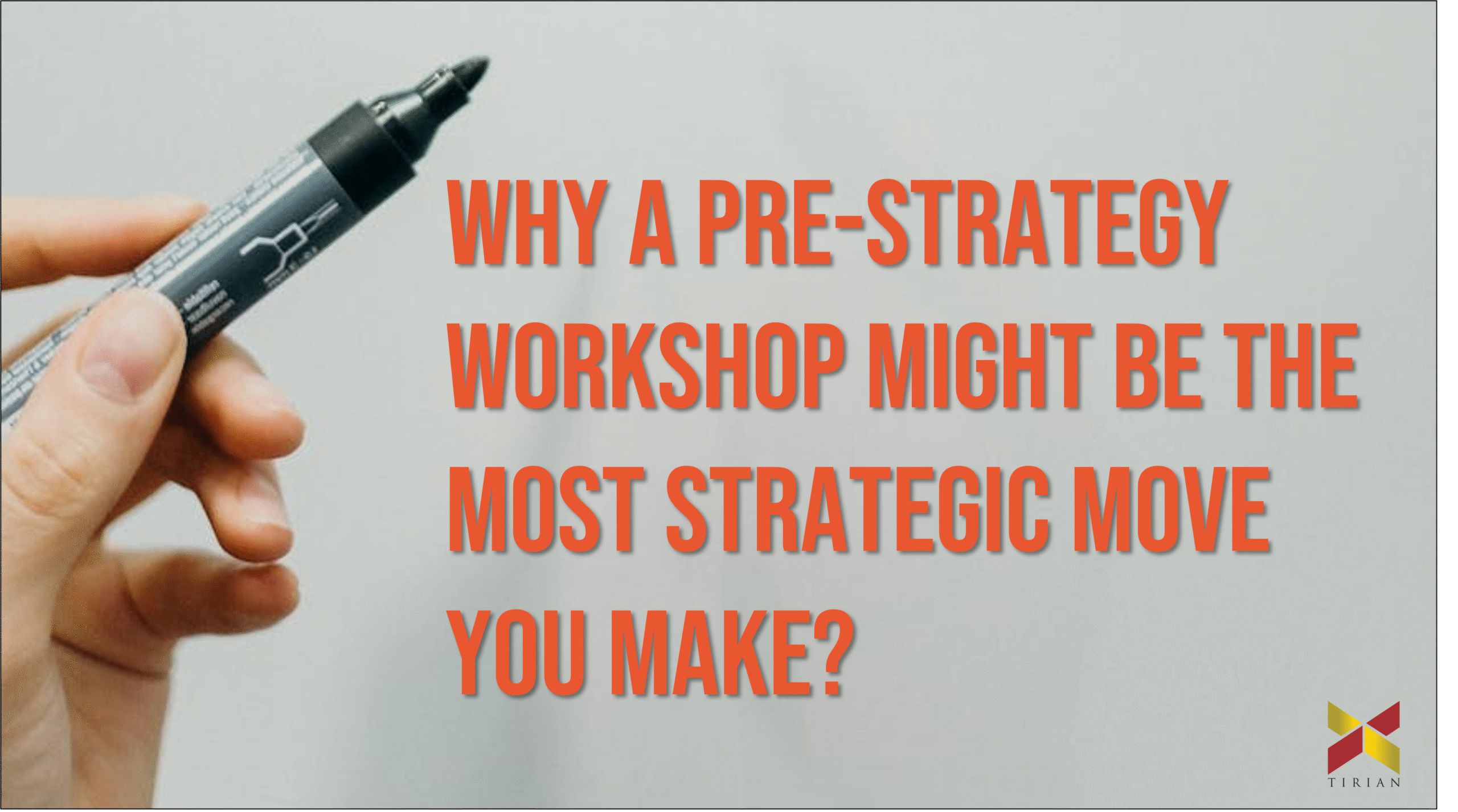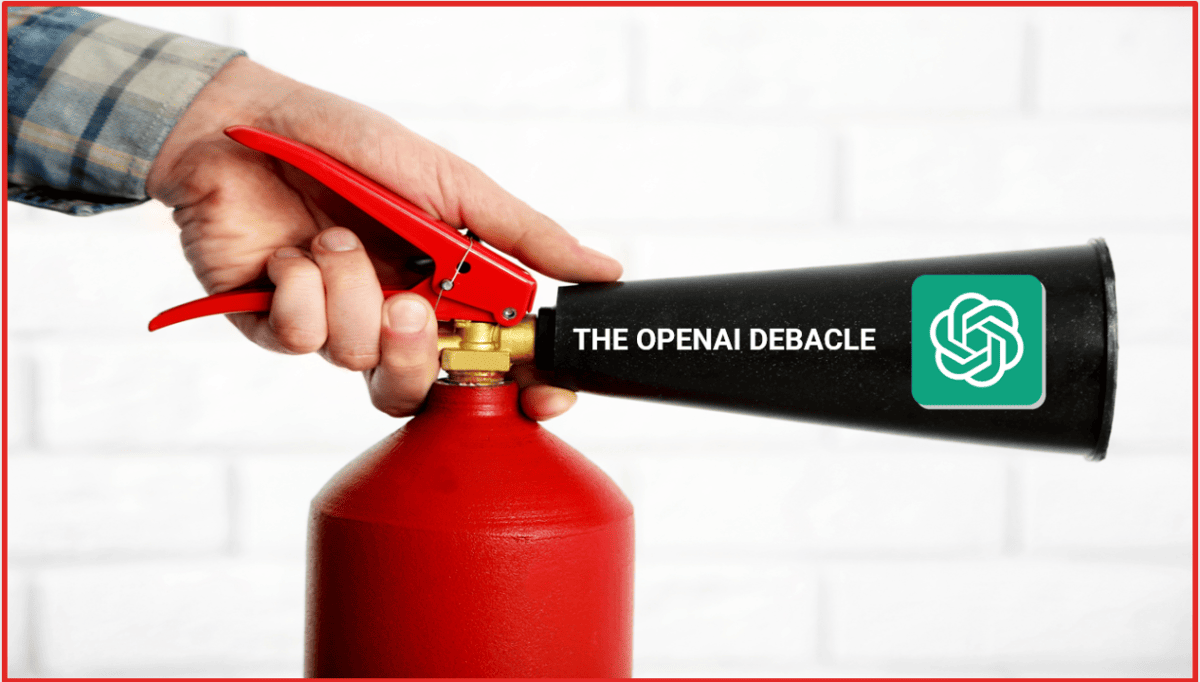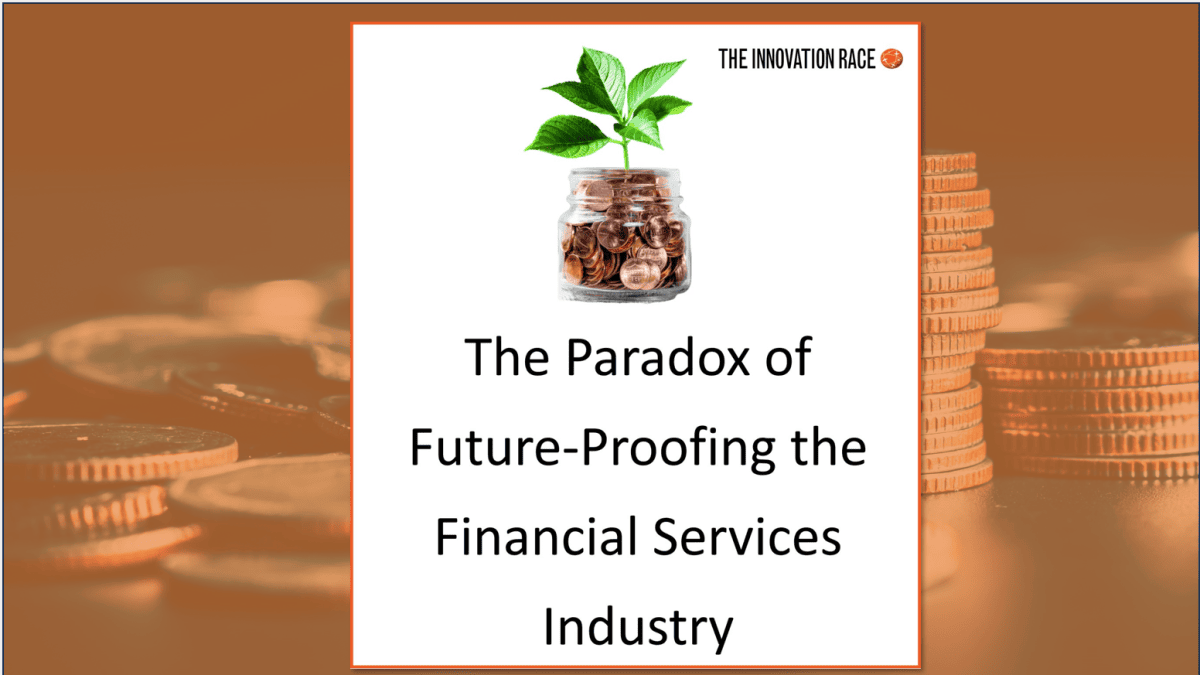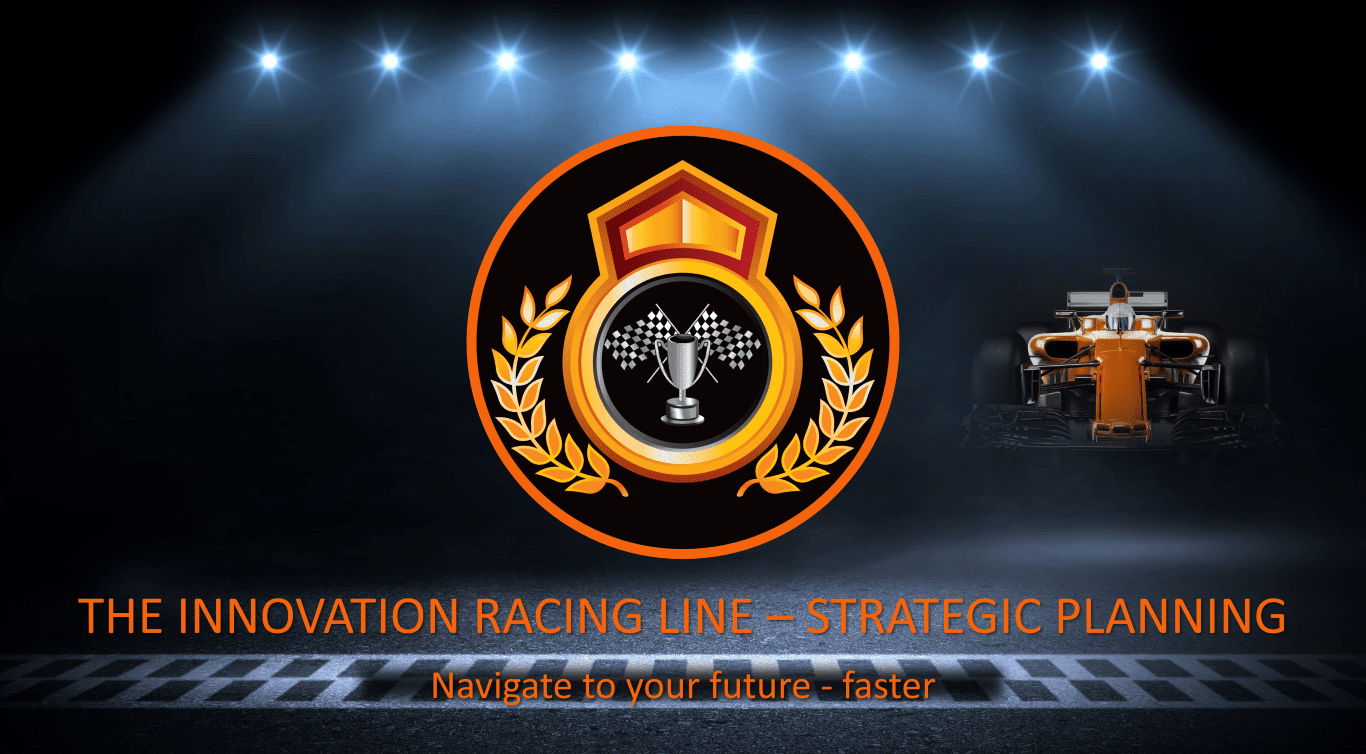Strategic Planning: Purpose-Driven Innovation
This program consists of the following modules:
1
Purpose Driven (Sustainable) Innovation
Competing demands for the ‘purpose-driven’ innovation paradox and changing the metrics
2
The Innovation Racing Line
Strategic Planning Canvas
3
Application Tools
How to lead through scale-up. Navigating change (SPRING model)

KEY WORDS: Purpose-Driven Innovation Leadership, Strategic Planning, SPRING model, Scale-up, Growth, Sustainability, Ambidextrous Organizations,

Strategic Clarity Starts Here
Before diving into planning, smart teams take time to align. These sessions help leaders surface hidden tensions, clarify priorities, and build shared understanding—so strategy isn’t just bold, but grounded, cohesive, and actionable. The results will ensure: faster decision-making, stronger team engagement, clearer strategic direction, and more sustainable results.
1. Purpose-Driven Innovation Leadership
Confident decision making in a complex AI-driven world. How to adapt to new innovations with purpose – not panic
Companies that focus on purpose and sustainability can perform up to 70% better on a number of different financial measures over time. Yet leading innovation responsibly is not easy. It requires dealing with multiple tensions from complex competing demands. Innovation involves both exploration for agile adaptation and preservation for reliable performance. Purpose-driven innovation introduces an additional dimension, emphasizing meaningful impact alongside economic viability. Think of how companies like OpenAI have been grappling with these competing demands.
This session helps leaders navigate multiple competing demands when trying to innovate responsibly. Participants learn how it is possible to innovate both radically (for agile adaptation to rapid change) and responsibly (for reliable and sustainable performance) – including how to determine key objectives, craft a strong core narrative, develop multidisciplinary teams, and align roles and responsibilities
Through introducing the ‘Purpose-driven Innovation Scanner’ (PDIS) tool, participants also receive practical guidance on how to identify innovation biases, activate innovation strengths and make more ethical and responsible decisions about new innovations to drive effective purpose-driven innovation. The session is based on unique research insights from interviews with global innovation leaders and an in-depth qualitative case study based on the book “Purpose Driven Innovation for Sustainable Development”.
Key Highlights:
- Learn how leaders identify and manage strategic tensions
- Build practices for dynamic balance and cross-team alignment
- Apply tools for agile innovation and reliable performance (RRIM)
- Use the iCLi profile to assess innovation bias and unlock strengths
- Navigate ethical dilemmas in AI strategy and leadership integration

The sessions are based on the book ‘Purpose Driven Innovation Leadership -A Qualitative Case-study Approach for Exploring Sustainable Development‘. In-depth insights into the experience of senior leaders from ‘for-purpose’ organisations as they learn how to navigate competing innovation demands. by Dr Gaia Grant 2024 Published by Routledge ISBN 9781032730219 –
2. The Innovation Racing Line: Strategic Planning Canvas
Strategic planning to navigate the future and deal with competing innovation demands.
Preparation for innovation requires strategic project planning and implementation. This means getting from a start point to the finish line in the most efficient and effective way possible. To achieve this, it requires the ability to read and navigate a path that enables maximum speed, while also anticipating and mitigating risks.
The Innovation Racing Line Strategic Planning Canvas is a highly practical session that utilizes the uniquely developed Dynamic Polar Positioning tool (DPoP) to enable leaders and teams to develop the most effective strategy by planning the optimal route. The most efficient path through any corner is referred to as the “racing line.”
Teams learn how to map out a sustainable path, breaking the strategy down into distinct sections (including anticipating the challenging curves), and identifying the best ‘racing line’ and crew (who does what on the team) to navigate the chosen path successfully. By understanding the tension of the ‘Paradoxical Innovation Orientations’, and ambidextrous approaches to leadership, these models and tools can help leaders learn to communicate more effectively & set an effective strategy / road map.
Key Highlights:
- An implementable strategic, actionable plan for the leader & team.
- Innovation strategic planning & Innovation leadership planning
3. From Startup to Scaleup: How to lead through scale-up & navigate change
High-growth enterprises face a number of unique challenges as they scale-up as there is an unpredictability associated with rapid change along with a scarcity of resources. Leaders of enterprises that scale up must deal with unique tensions as they balance expansion through meeting external market demands with efficiently managing internal organising capacity. These leaders will need to focus on innovation and change to realise the enterprise opportunity, which can lead to rapid growth – while simultaneously ensuring stability for long-term sustainability. As the entrepreneurial founders of enterprises scaling-up often focus on innovation and expansion in the start-up phase, stability and sustainability can become a lower priority as the organisation scales-up. This frequently leads to a leadership crisis. The findings of the longitudinal case study outlined in this session demonstrates how a shift from an innovative individual entrepreneur leadership model to a shared leadership approach – along with the adoption of unique distributed leadership practices – can enable leaders to both create and sustain value as they scale-up.
Key Highlights:
- Apply the SPRING model to map organizational growth stages
- Use Dynamic Polar Positioning (PoP) to reach consensus on innovation vs. growth
- Explore stakeholder tensions through a case studies and action planning
REC TIME: 2-8 hrs
REC WORKSHOP SIZE: 5-20
PLATFORMS: Keynote, Workshop, Coaching, Bus Facilitation, Self-led

Pre-Strategy Workshop:
Before Strategy: Why Smart Teams Start with Alignment Rather than Risking Jumping Straight In. In the rush to set bold goals and map out quarterly priorities, many leadership teams overlook a critical phase: the moment before strategy begins.
Self-lead your team to navigate to the future faster, by executing a winning strategy.
Tirian’s Collaborator Canvases are interactive strategy tools designed to help teams surface tensions, align perspectives, and co-create actionable solutions. Each canvas provides a structured framework for navigating complex challenges—whether you’re addressing leadership dynamics, innovation strategy, communication breakdowns, or cultural transformation.
Global Insights Research Findings– (in-depth qualitative) interviews with innovation leaders.
Meta’s $13B skid & recovery: Who’s on the right track for sustainable innovation?
Flying High, Falling Short: Boeing’s Profit vs. Purpose Dilemma

Is AI MAD? (Mutually Assured Destruction): The AI race, collaboration and game theory.

The Monk and the Mobile: What can we learn from Bhutan’s challenge to have sustainable innovation?

Too Fast, Too Furious: The Paradox of Progress and Precaution in OpenAI’s Leadership

Navigating the Paradoxes of Digital Transformation whilst Balancing Tradition and Transformation. Future-Proofing The Financial Services Industry V Big Tech






